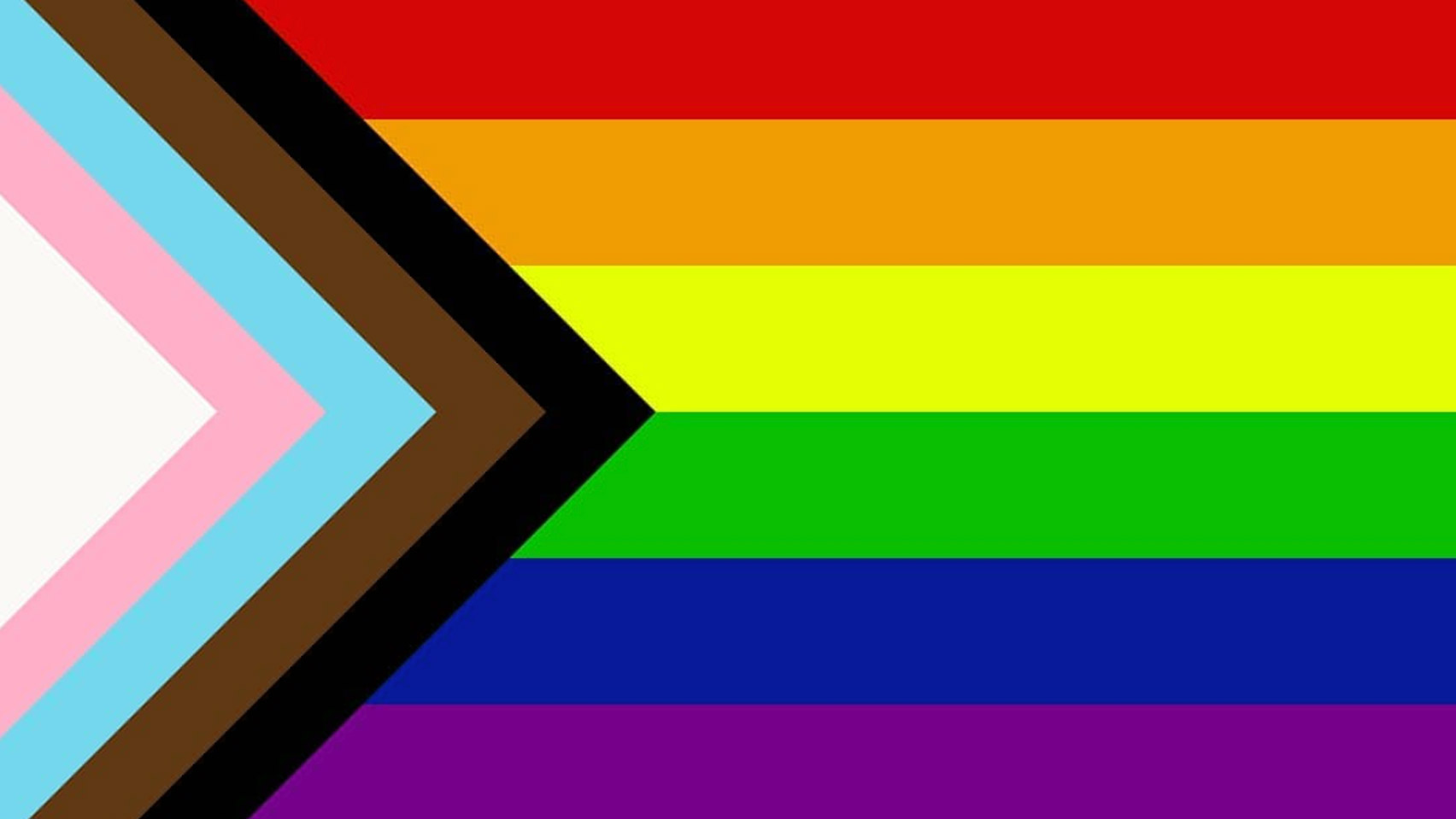
The Importance of Inclusive Language and Pronouns in Developing Safer Spaces for Trans and Gender Diverse Folks

“Hi ladies, what can I get for you today?”
“Have a great day, ma’am!”
“It was super nice catching up with her at the mall!”
“Good morning guys!”
Gendered language is such an intrinsic part of society that many people do not even notice when they are using it. We frequently assume the gender of another person based on their appearance – from there, we assign pronouns (“she” or “he”), salutations (“Ms” or “Mr”), and other gendered titles.
I am a non-binary person. This means that I do not identify as a woman or a man – I am neither. Sometimes, I feel as though I don’t have a gender at all – other times, I know that I have a gender – my gender is just outside of the binary of what people tell me I should be. Because fundamentally, our gender is who we know ourselves to be – not what other people assume.
Despite the fact that I am non-binary, I am continually subjected to the gender binary within my everyday life. The above examples are common phrases that I run into – when I’m getting lunch, shopping at the grocery store, picking up a hot chocolate, or gathering with a group of people. Gendered language, for many people, can be as common as breathing.
For me as a non-binary person, every time I hear this gendered language, it ranges from making me uncomfortable to making me feel actively unsafe. This is even more true when the person knows that I am non-binary (such as a friend, teacher, or coworker) – compared to a complete stranger. Gendered language tells me that I am not seen as my true self. Gendered language erases me as a non-binary person. Gendered language tells me that the person I am talking to has not taken the steps to educate themselves – or worse, they are purposefully using gendered language to be exclusionary and to harm trans and gender diverse individuals.
Misgendering is when we refer to someone (typically with a word or a pronoun) in a way that does not accurately reflect their gender. Regardless of whether misgendering was intentional or not, it is harmful – because intent is different from impact. Misgendering often comes from people making assumptions about us based on how they perceive us. This is harmful in so many ways – first in suggesting that you have to present in a certain way to be respected, and also because we shouldn’t make assumptions (you wouldn’t look at someone and say: “Oh, that person’s name is definitely Bob”, now would you?). Fundamentally, misgendering tells those of us in the trans community that you are not a safe person.
This is why it is more vital than ever to make intentional choices about how we use language. There are many simple alternatives to gendered language. Instead of “hey guys”, or “good morning ladies and gentlemen” – try “hi folks!”, or simply “good morning!” Rather than “can I help you, ma’am” – say “can I help you”. Rather than thinking about everyone within the binary of a “woman” or “man”, let’s each challenge ourselves to recognize the many diverse ways of being – and give people the space to claim the term(s) that feel right for them.
We can also change the way that we use pronouns, too. Rather than assuming someone is a “she” or “he”, try asking: “hey, what pronouns do you use?” If you feel comfortable doing so, introduce yourself with your pronouns, and include your pronouns on your social media – this helps people know how to refer to you. And if someone shares their pronouns with you, make sure to practice using those pronouns – because pronouns are a way that we honour each person, show respect, and acknowledge their dignity.
When people use she/her pronouns for me, it feels like being dropped into a pit of boiling lava – that every part about myself is on fire and in pain. It just feels wrong. When people use he/him pronouns for me, it feels as though I am laying on a bed of nails – so it’s not a particularly comfortable experience. When people use they/them pronouns for me, it’s like I’m laying on the floor – it’s not lava or nails, so a definite improvement, but still not quite right. But when people use my actual pronouns, ney/nem, it feels as though I am laying on my comfortable bed, wrapped in my fuzzy blanket with my cat purring on top of me – the most warming, validating, and affirming experience. This is because my neopronouns feel more “right” than anything else – ney/nem is who I am.
Such small changes – in the language we use, and in how we refer to people – makes a big difference in creating safer spaces. It lets non-binary and trans folks such as myself know that we are valued and loved for who we are. It encourages other folks to step up as allies and to educate themselves. And it helps foster a culture of mutual respect, learning, and understanding.
If you are interested in learning more about pronouns, I invite you to check out my recently published book, A Pocket Guide to Pronouns, which discusses various types of pronouns (featuring short stories), some tips around pronoun etiquette and misgendering, and provides resources for further learning. You can also sign up for my mailing list to receive monthly newsletters with blogs and other resources for learning, and/or follow me on social media (Facebook, Instagram, Twitter) @sydneybcoyle.
